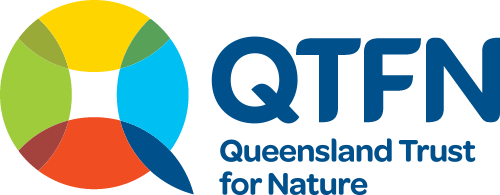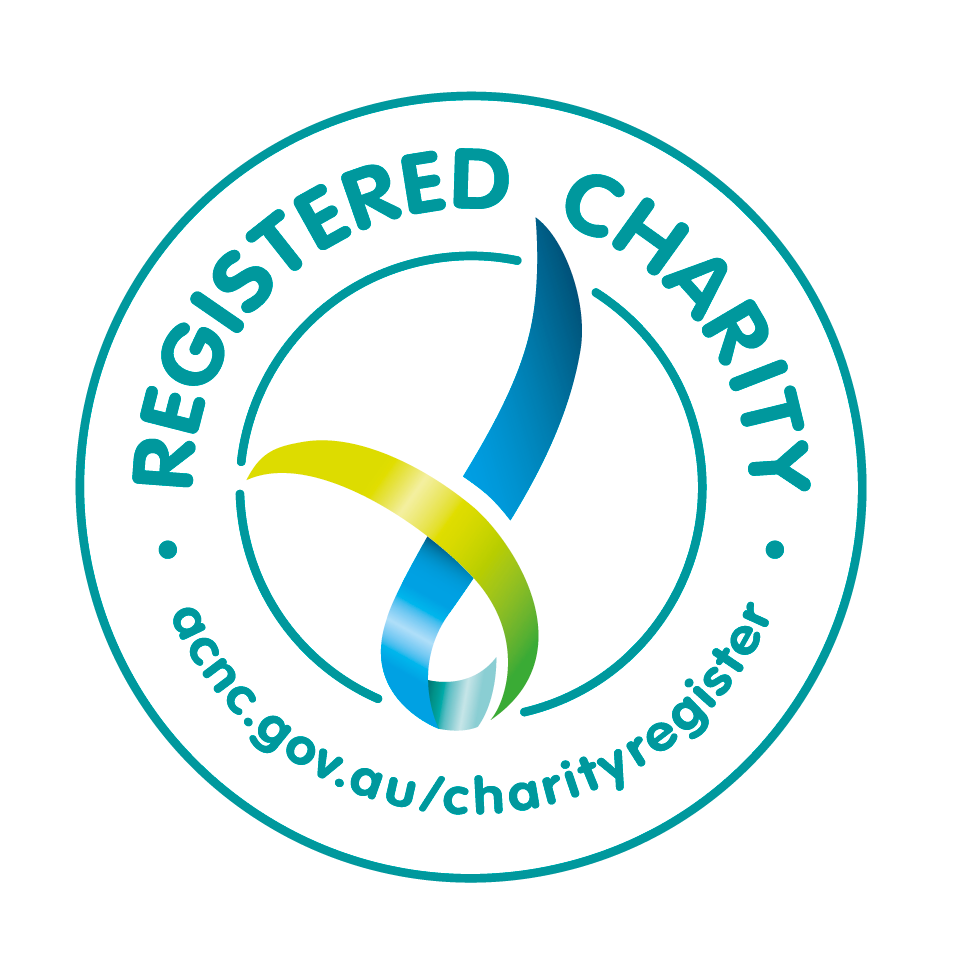Apr 11
On 11 April, six members of the QTFN team headed out to Aroona Station to plant 300 trees. The trees were planted along a water course that is threatened by erosion and will benefit from more vegetation. Our Waterways for Wildlife project at Aroona aims to widen our riparian buffers to improve habitat quality, […]
Read more
Apr 9
What is the Little Liverpool Range Initiative? The Little Liverpool Range Initiative (LLRI) has been built on a collaborative partnership between the Queensland Trust for Nature, the Turner Family Foundation, and Ipswich City Council, alongside landholders, natural resource management groups, and other councils working together with the shared goal of conservation. The purpose of LLRI […]
Read more
Apr 3
QTFN have entered into a long-term partnership with Ecosure and Fireland to help integrate our weed and fire land management methods on Aroona Station. Ecosure’s expertise in restoration planning and delivering on-ground works, and Fireland’s expertise in ecological fire will help us approach restoration efforts strategically across the property. Aroona is at the top of […]
Read more
Mar 26
Thanks to everyone’s Containers for Change donations, we were able to buy two new nest boxes. Bought from Sunshine Coast based organisation Hollow Log Homes, these nest boxes will act as artificial hollows for wildlife. Wildlife use tree hollows to nest and for shelter. The goal is for these nest boxes to supplement natural hollow habitat […]
Read more
Feb 22
“Here’s to our regenerative agriculture journeys: may they be full of opportunities for self-improvement and be a journey that never truly ends, but only evolves with each step we take.” – Ben Heathwood The Lachlan Hughes Foundation recently celebrated and reflected on the participants’ journeys over the last 12 months in the LHF program. […]
Read more
Aug 31
The 2019-20 summer bushfires devastated much of Australia’s natural landscapes, and South East Queensland was no exemption. The bushfires greatly affected Main Range National Park and came eerily close to QTFN’s Long-term holding property: Aroona Station. Properties untouched by the fire like Aroona and much of the central Little Liverpool Range now provide refuge habitat for many […]
Read more
Feb 14
In 2020, QTFN moved to implement the Accounting for Nature® Framework model at Aroona Station – a scientifically credible and trusted natural capital accounting standard used to measure the condition of environmental assets and inform investment and management decisions. As an approved provider of co-benefit verification under the Land Restoration Fund, Accounting for Nature® is […]
Read more
Feb 13
Aroona Station features around 200 hectares of core habitat for the vulnerable brush-tailed rock-wallaby. In 2020, as part of our ongoing research into these unique Aroona residents, we completed our third year of breeding season monitoring programs using motion-sensitive wildlife cameras strategically positioned in known brush-tailed rock-wallaby hang outs. The monitoring program again showed Aroona […]
Read more
Feb 12
As the carbon offset or carbon farming market grows in its maturity, there is considerable interest in how biodiversity co-benefits can be harnessed and developed as a complementary market. QTFN’s Counting the Co-Benefits project will demonstrate how landholders can create a sustainable agribusiness by leveraging environmental markets to diversify their revenue streams. This initiative is […]
Read more
Feb 3
QTFN’s trial roll out of the award-winning Accounting for Nature® Framework at Koala Crossing provided an initial Environmental Condition Index (EcondTM) score/s for the property in 2020. A score between 0 and 100 that describes the condition of the asset relative to its undegraded state, early estimates of the the Econd™ for Koala Crossing point […]
Read more
Feb 2
On a very wet weekend in October 2017, 50 dedicated volunteers braved the weather to take part in our annual reptile and amphibian survey at Aroona. Our participants discovered six frog species and eight new reptile species that hadn’t been found at the property previously. But the icing on the (soggy) cake was our first […]
Read more
Feb 1
Our CEO, Steve Lacey, was honoured to accept the 2019 Ipswich City Council Enviro Organisation Award on behalf of the QTFN team. The award recognised multiple activities to support threatened species and control predators at our 2000 ha cattle property, Aroona Station, 55km southwest of Ipswich. In accepting the award, Steve acknowledged the phenomenal legacy […]
Read more

